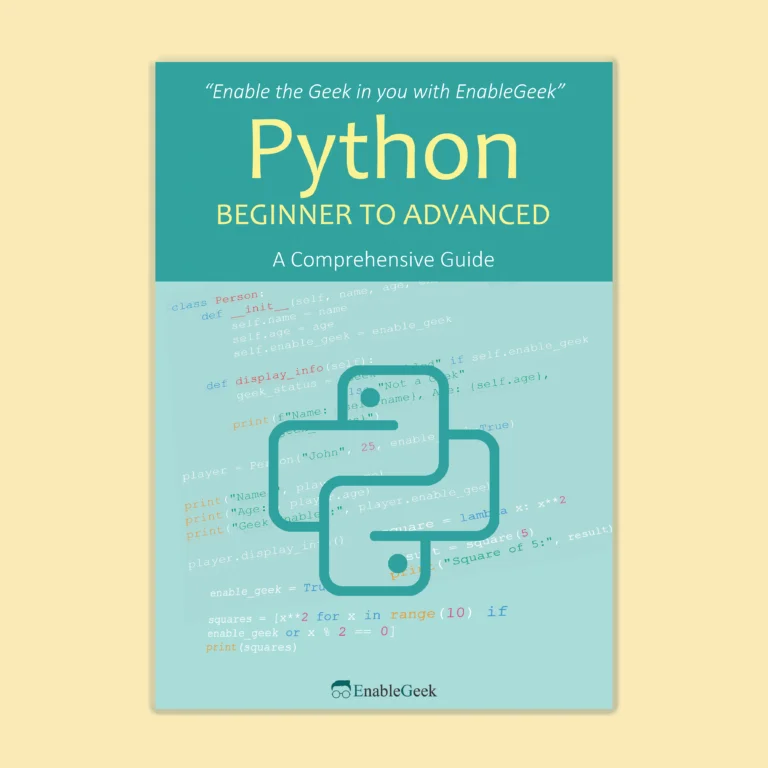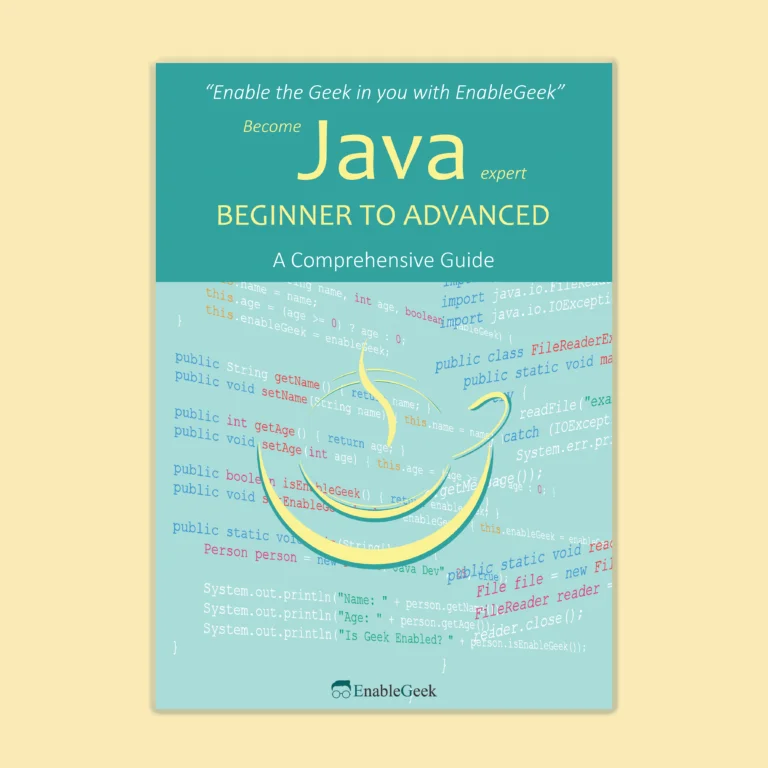The Rise of AI Paragraph Rewriters
Introduction:
In recent years, there has been a significant rise in the use of AI paragraph rewriters for content creation across a range of industries, including journalism, marketing, and academia. AI paragraph rewriters are programs that utilize machine learning algorithms to automatically generate new content from existing text. While these tools have been praised for their ability to streamline the content creation process, they have also raised concerns about their impact on authenticity, plagiarism, and ethical content practices. In this article, we will examine the technology behind AI paragraph rewriters and explore their potential impact on content creation.
Understanding AI Paragraph Rewriters:
AI paragraph rewriters are based on machine learning algorithms that use natural language processing (NLP) to analyze and understand the structure of text. These algorithms can then be used to automatically generate new content that is similar in structure and meaning to the original text. AI paragraph rewriters use various techniques to accomplish this, such as sentence paraphrasing, synonym replacement, and sentence restructuring.
Impact on Content Creation:
The rise of AI paragraph rewriters has had a significant impact on content creation across a range of industries. For example, in journalism, these tools can be used to quickly generate multiple versions of the same news story, providing different perspectives and angles for readers. In marketing, AI paragraph rewriters can be used to quickly produce social media posts and product descriptions that are optimized for search engine rankings. In academia, these tools can be used to assist students in writing research papers and essays.
Ethical Implications:
While AI paragraph rewriters have many potential benefits, they also raise ethical concerns. One major concern is the potential for plagiarism. If not used ethically, these tools can be used to generate content that is nearly identical to existing content, leading to accusations of plagiarism. Another concern is the potential for reduced authenticity. AI paragraph rewriters may generate content that lacks the nuance and creativity of human-generated content, leading to a decrease in the quality of the overall content.
Best Practices:
To ensure ethical and effective use of AI paragraph rewriters, it is important to establish best practices. These practices can include ensuring that the original content is properly cited and referenced, using the tool to supplement human-generated content rather than replace it, and testing the tool for authenticity and quality. Additionally, it is important to remember that these tools are not infallible, and that human editors and writers are still needed to ensure that the content is accurate, informative, and engaging.
Conclusion:
The rise of AI paragraph rewriters has changed the landscape of content creation, providing new opportunities for efficiency and productivity. However, it is important to consider the ethical implications of their use and to establish best practices to ensure that their use aligns with ethical standards and best practices. As these tools continue to evolve, it will be important to monitor their impact on content creation and to adjust best practices accordingly.
AI Paragraph Rewriters and Plagiarism
Introduction:
With the increasing use of AI paragraph rewriters for content creation, there has been growing concern about the potential for plagiarism. While these tools have the potential to streamline the content creation process, they also raise concerns about the authenticity and originality of the content produced. In this article, we will explore the issue of plagiarism in the context of AI paragraph rewriters and discuss strategies for ensuring authenticity in the age of automated content creation.
Understanding Plagiarism:
Plagiarism is the act of using someone else’s work or ideas without proper attribution or permission. In the context of AI paragraph rewriters, plagiarism can occur when the tool generates content that is too similar to existing content, resulting in accusations of intellectual theft. This can be especially problematic in academic and journalistic contexts, where originality and authenticity are highly valued.
Identifying Plagiarism:
One of the challenges of identifying plagiarism in the context of AI paragraph rewriters is that the tool may generate content that is structurally and syntactically different from the original content, making it difficult to detect. However, there are several strategies that can be used to identify potential instances of plagiarism. These include using plagiarism detection software, comparing the content generated by the AI paragraph rewriter to the original content, and manually reviewing the content for similarities.
Ensuring Authenticity:
To ensure authenticity in the age of automated content creation, it is important to establish best practices for the ethical use of AI paragraph rewriters. One key strategy is to ensure that the original content is properly cited and referenced. This includes providing attribution for any quotes or ideas used in the content, as well as linking back to the original source. Additionally, it is important to use the tool as a supplement to human-generated content rather than a replacement. This can help ensure that the content is original, authentic, and engaging.
Best Practices:
To ensure the ethical use of AI paragraph rewriters, it is important to establish best practices that prioritize authenticity and originality. This includes testing the tool for authenticity and quality, ensuring that the original content is properly cited and referenced, and using the tool as a supplement rather than a replacement for human-generated content. Additionally, it is important to train content creators and editors on the appropriate use of AI paragraph rewriters, including strategies for identifying potential instances of plagiarism.
Conclusion:
AI paragraph rewriters have the potential to revolutionize the content creation process, but they also raise concerns about plagiarism and authenticity. To ensure the ethical use of these tools, it is important to establish best practices that prioritize authenticity, originality, and ethical content practices. By doing so, we can ensure that AI paragraph rewriters are used to supplement human-generated content, rather than replace it, and that the content produced is informative, engaging, and authentic.
Maximizing the Benefits of AI Paragraph Rewriters
Introduction:
AI paragraph rewriters have become increasingly popular tools for content creation in both the marketing and journalism industries. These tools can help streamline the content creation process, improve efficiency, and enhance the overall quality of content. However, the use of AI paragraph rewriters also raises concerns about ethics, authenticity, and quality. In this article, we will explore best practices for maximizing the benefits of AI paragraph rewriters while ensuring ethical and effective use in content marketing and journalism.
Best Practices for Ethical Use:
To ensure the ethical use of AI paragraph rewriters, it is important to establish clear guidelines and best practices. One key strategy is to ensure that the original content is properly cited and referenced. This includes providing attribution for any quotes or ideas used in the content, as well as linking back to the original source. Additionally, content creators should avoid using the tool to copy and paste entire paragraphs or articles, as this can result in accusations of plagiarism. It is important to use the tool as a supplement to human-generated content rather than a replacement, which can help ensure that the content is original, authentic, and engaging.
Best Practices for Effective Use:
To maximize the benefits of AI paragraph rewriters in content marketing and journalism, it is important to establish best practices for effective use. One key strategy is to use the tool to improve efficiency and enhance the overall quality of content, rather than as a shortcut or replacement for human-generated content. Additionally, it is important to select a high-quality AI paragraph rewriter that is tailored to the specific needs of the industry. Content creators and editors should also be trained on the appropriate use of the tool, including how to identify and avoid potential instances of plagiarism.
Balancing Efficiency and Quality:
One of the key benefits of AI paragraph rewriters is their ability to improve efficiency and streamline the content creation process. However, it is important to balance this efficiency with a focus on quality. This includes ensuring that the content produced is informative, engaging, and relevant to the target audience. Additionally, content creators should review and edit the content generated by the tool to ensure that it meets the desired tone, style, and quality standards.
Conclusion:
AI paragraph rewriters have the potential to significantly enhance the content creation process in both the marketing and journalism industries. However, it is important to ensure that these tools are used ethically and effectively to maximize their benefits. By establishing clear guidelines and best practices, content creators can use AI paragraph rewriters to improve efficiency and enhance the quality of their content, while ensuring authenticity and avoiding accusations of plagiarism.



